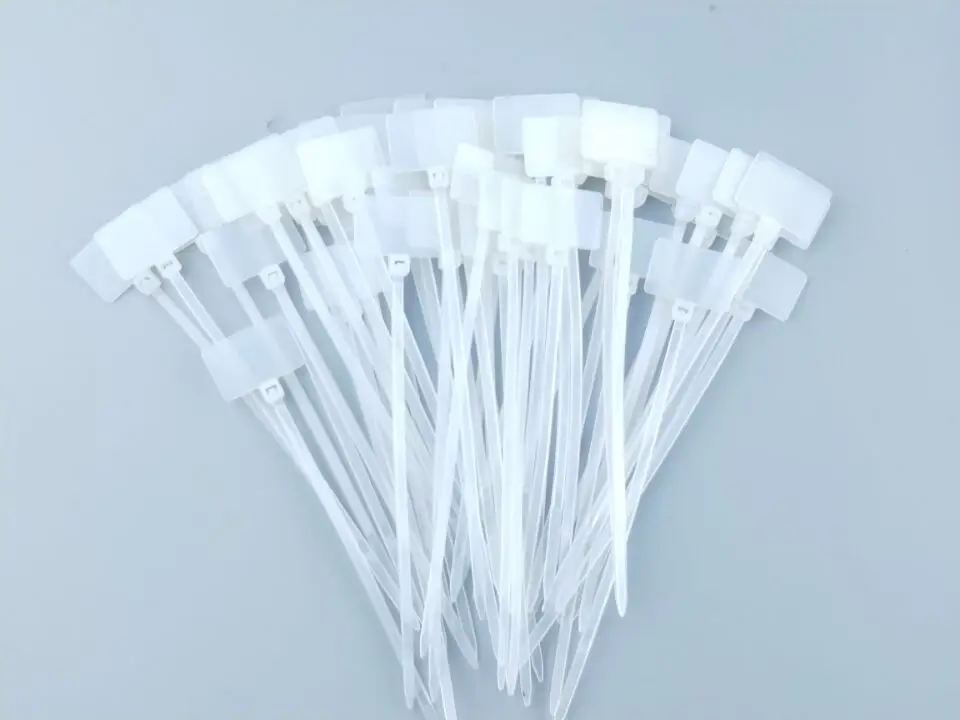

Here are some of the common methods people use for skin tag removal at home with comments about their application and success: 🔹 LigationĪs mentioned above, a doctor may suggest you try tying off a tag.

Always make sure the skin is thoroughly cleaned with warm soapy water or an antiseptic and patted dry, before removing a tag. It’s also unwise to remove lesions that haven’t been diagnosed by a doctor.ĭon’t try to remove any tags which are close to your eyes, this should be done by an eye specialist. Skin tag removal at home is rarely advised because of the risk of bleeding and infection afterwards, particularly for larger tags. It’s very tempting to try to remove skin tags yourself. Occasionally an irritated tag might get infected but this is rare.Īn expert’s guide to dry, eczema-prone skin Chest and neck tags can get caught on jewellery or zippers and skin tags on eyelids can obscure vision. For example, a facial or armpit tag might get in the way of shaving and tags under the breast might get sore from a bra rubbing. If a tag is constantly irritated it can become a bit painful or even bleed. They can sometimes be inconvenient and many people want to have them removed because they don’t like the way they look. They aren’t contagious and simple skin tags don’t become cancerous. Skin tags are benign skin lesions which are harmless. It’s important to see a doctor if you have a new lesion or there are any changes to existing ones. It usually goes away by itself in a few months. Although harmless molluscum contagiosum can be a bit itchy and spread to other parts of the body. The lesions however are circular spots with a central dimple rather than a tag rising from the skin surface.

Like tags, these are commonly found in the armpits, groin and behind the knees. There’s a childhood viral condition called molluscum contagiosum which you might confuse for skin tags. Tags usually start as tiny bumps and gradually get bigger. Friction can come from skin rubbing against skin, such as in the armpits, or from clothes or jewellery rubbing against skin. This leads to overgrowth of cells and the development of skin tags. What causes skin tagsįriction or rubbing against the skin surface irritates skin cells. Skin tags are often attached to the skin by a thin stalk, also known as a peduncle. Inside there are collagen fibres, blood vessels, nerve fibres and fat cells. Skin tags are covered in epidermis, the usual outer layer of skin. They are a type of benign (harmless) skin tumour. They are usually only 2 to 3 millimetres in size but they can grow up to 5 centimetres over time. Skin tags are small flaps of tissue which stick out from the skin. Some people choose to have them removed for cosmetic purposes or because they are catching on clothing.ĭr Juliet McGrattan looks at the common causes, risk factors, treatment options and home remedies for skin tag removal: They vary in colour and size and are completely harmless. Skin tags are small, painless growths that hang from the skin.


 0 kommentar(er)
0 kommentar(er)
